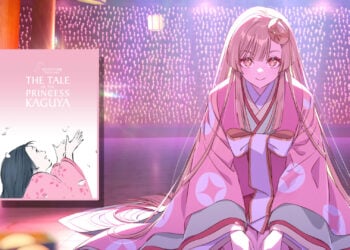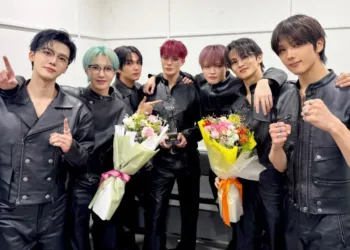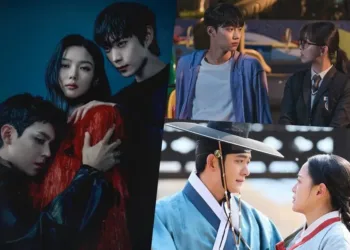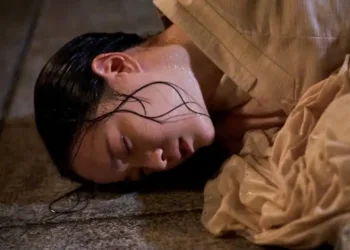In recent years, the term “desi bhabhi” has become a cultural phenomenon in India, sparking both fascination and controversy. A recent viral video featuring a model portraying a “desi bhabhi” has reignited discussions about the representation of women in Indian media and society. Let’s delve into this complex topic, exploring its cultural significance and the debates it has sparked.
Table of Contents
The Rise of the Desi Bhabhi Archetype
The concept of “desi bhabhi” (meaning “local sister-in-law” in Hindi) has deep roots in Indian culture. Traditionally, the bhabhi figure held a respected position within the family structure, often seen as a nurturing presence and a bridge between generations. However, in recent years, this archetype has taken on new dimensions in popular culture.
Cultural Significance
- Family Dynamics: The bhabhi often represents the link between a man and his family, especially his siblings.
- Societal Expectations: Bhabhis are traditionally expected to embody virtues of modesty and domesticity.
- Changing Perceptions: Modern media has begun to portray bhabhi as symbols of hidden desires and forbidden attraction.
The Viral Video Phenomenon
The recent viral video that has caught the internet’s attention features a model in a red bra, styled to evoke the image of a “desi bhabhi.” This video has garnered significant attention, with viewers leaving numerous comments and reactions.
Key Elements of the Video
- Attire: The model wears a red bra, a color often associated with passion and desire in Indian culture.
- Styling: Her appearance is designed to evoke the image of a traditional Indian housewife but with a provocative twist.
- Actions: The video shows the model engaging in seemingly mundane activities but with a sensual undertone.
The Controversy and Debate
This viral video has sparked intense debate across social media platforms and beyond. Critics argue that such portrayals objectify women and reinforce harmful stereotypes, while others defend it as a form of artistic expression and female empowerment.
Arguments Against
- Objectification: Some argue that these videos reduce women to sexual objects, ignoring their complexity as individuals.
- Cultural Insensitivity: Critics claim that such portrayals disrespect the traditional role of bhabhi in Indian society.
- Negative Impact on Youth: There are concerns about the influence of such content on younger viewers’ perceptions of relationships and women.
Arguments in Favor
- Female Agency: Supporters argue that women should have the freedom to express themselves as they choose.
- Challenging Taboos: Some see these videos as a way to challenge conservative attitudes towards sexuality in Indian society.
- Artistic Expression: Defenders view this content as a form of art that explores complex social dynamics.
The Broader Context: Changing Face of Indian Media
The “desi bhabhi” phenomenon is part of a larger trend in Indian media, where traditional roles and modern desires often collide. This trend reflects the changing social dynamics in India, where traditional values are increasingly challenged by globalization and changing attitudes toward sexuality and gender roles.
Impact on Popular Culture
- Bollywood Influence: The film industry has long played with the bhabhi archetype, often in subtle ways.
- Digital Media Revolution: The rise of social media and streaming platforms has provided new avenues for exploring these themes.
- Advertising Trends: Many brands have capitalized on the “desi bhabhi” image in their marketing strategies.
Navigating the Cultural Landscape
As Indian society continues to evolve, it’s crucial to have open discussions about these cultural phenomena. The “desi bhabhi” trend raises important questions about gender roles, sexuality, and the representation of women in media.
Moving Forward
- Media Literacy: Encouraging critical thinking about media portrayals of women and relationships.
- Diverse Representations: Promoting a wider range of female characters in Indian media, beyond stereotypes.
- Open Dialogue: Fostering conversations about sexuality and gender roles respectfully and constructively.
Conclusion
The viral “desi bhabhi” video and the reactions it has sparked are symptomatic of a society in flux. As India navigates the complex interplay between tradition and modernity, such cultural phenomena offer valuable insights into changing social norms and attitudes. While the debate continues, it’s clear that the “desi bhabhi” archetype remains a powerful and controversial figure in the Indian cultural imagination.
By examining these trends critically and compassionately, we can work towards a media landscape that respects both traditional values and modern expressions of identity and sexuality.
Read More- Bhumi Pednekar Charms Lucknow: ‘Mere Husband Ki Biwi’ Promo Tour








